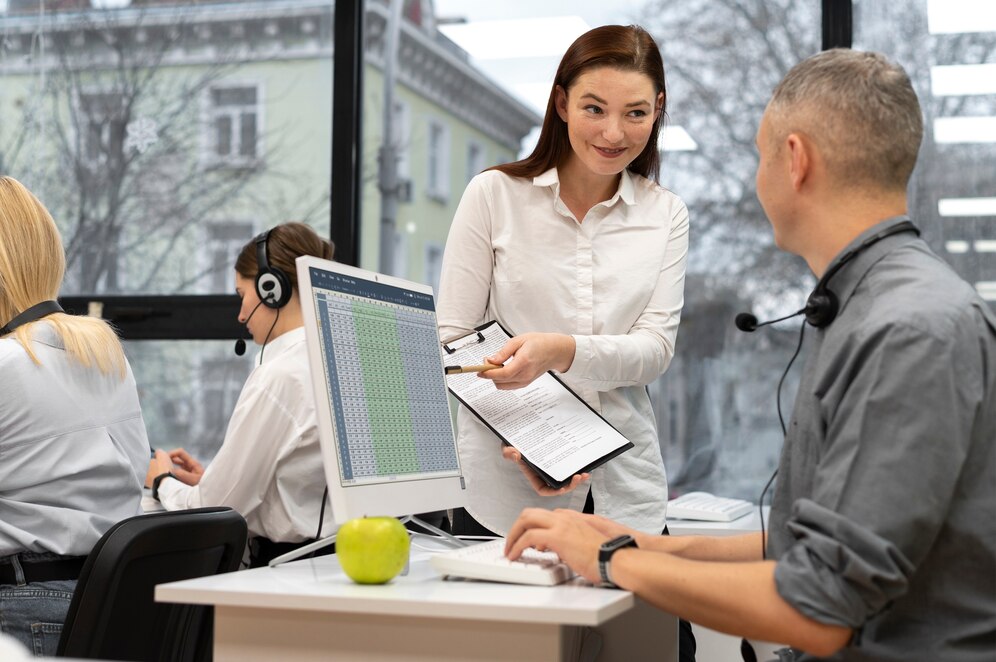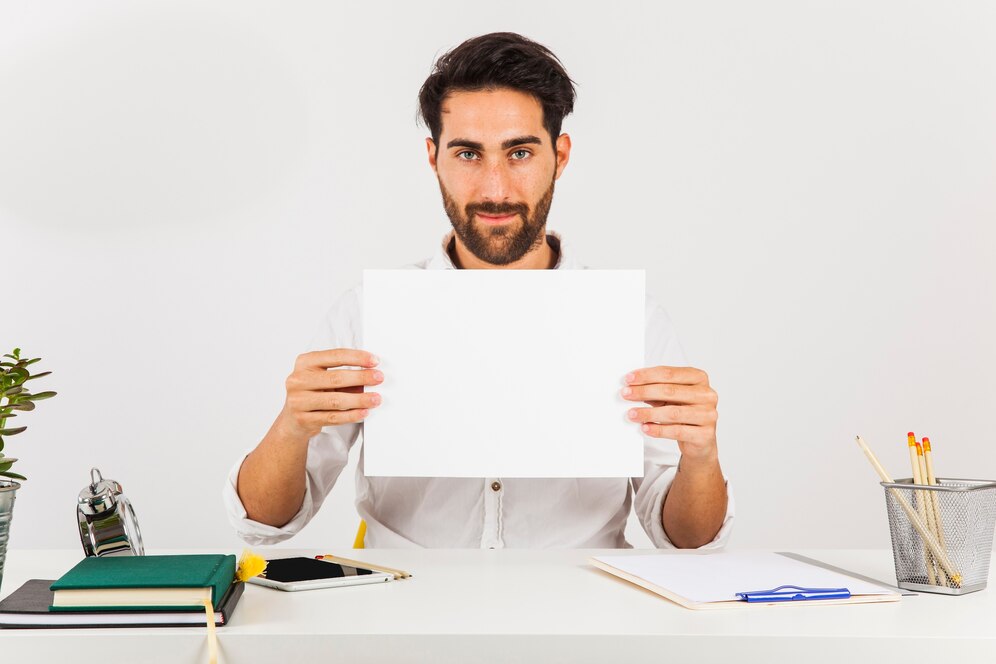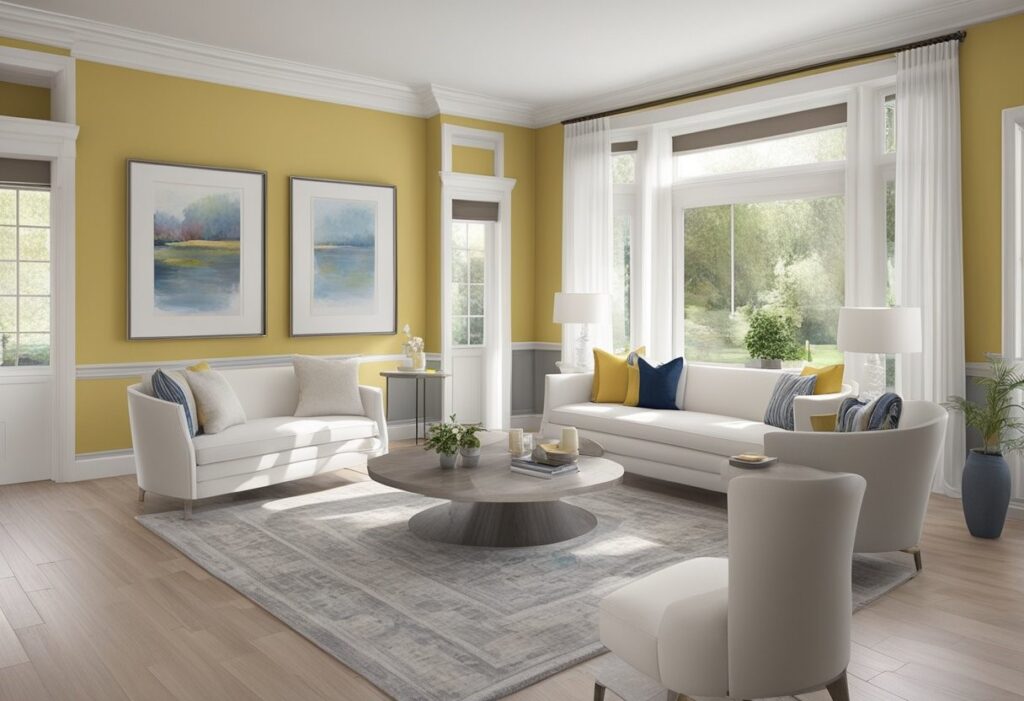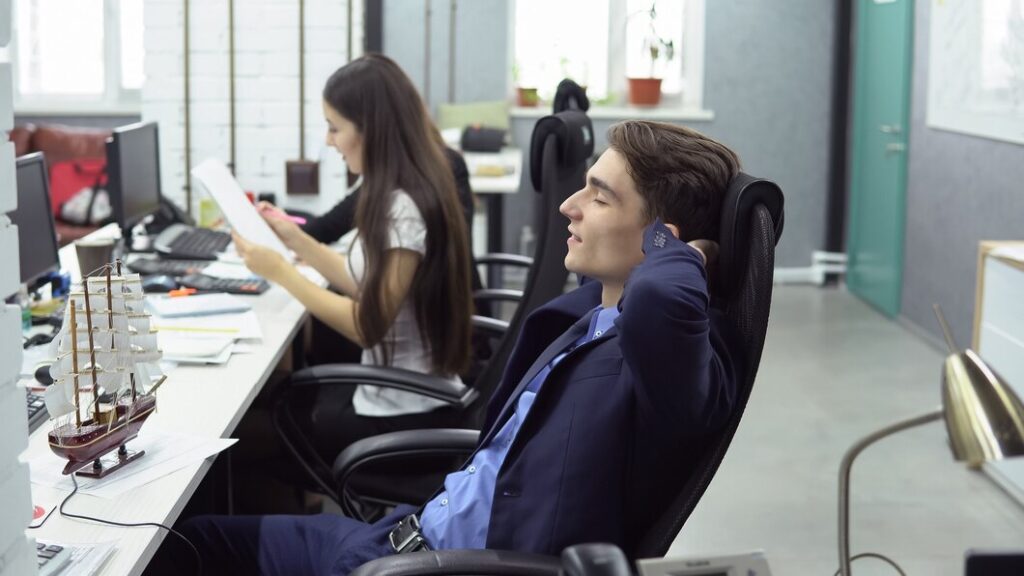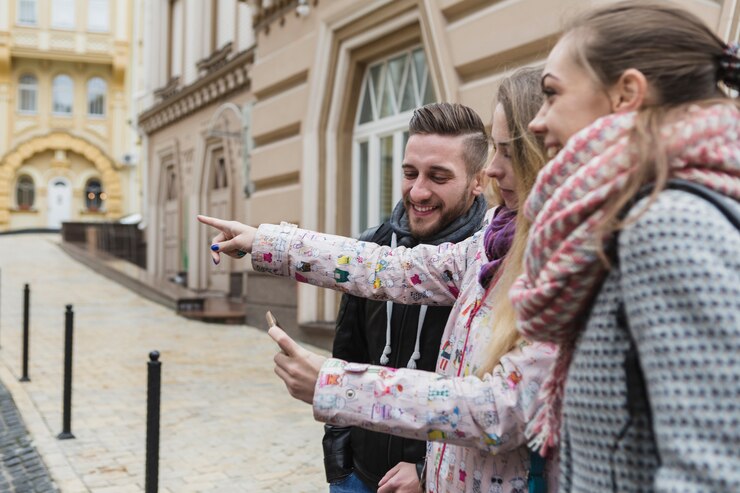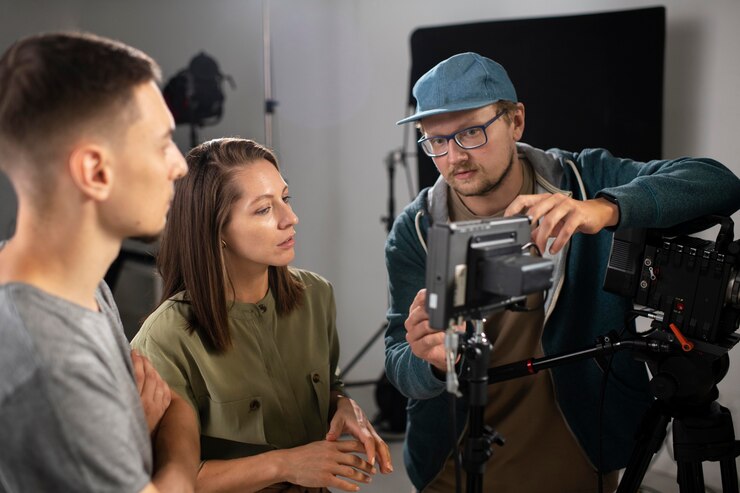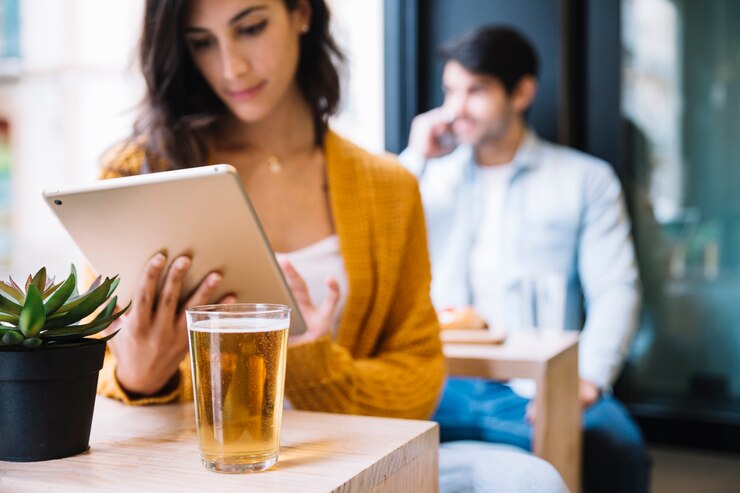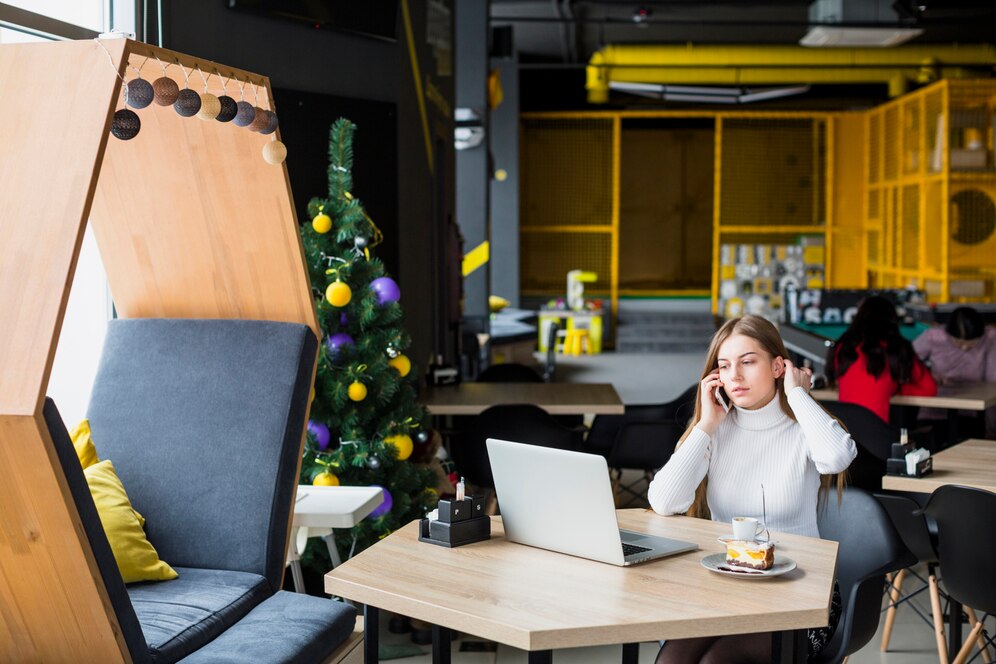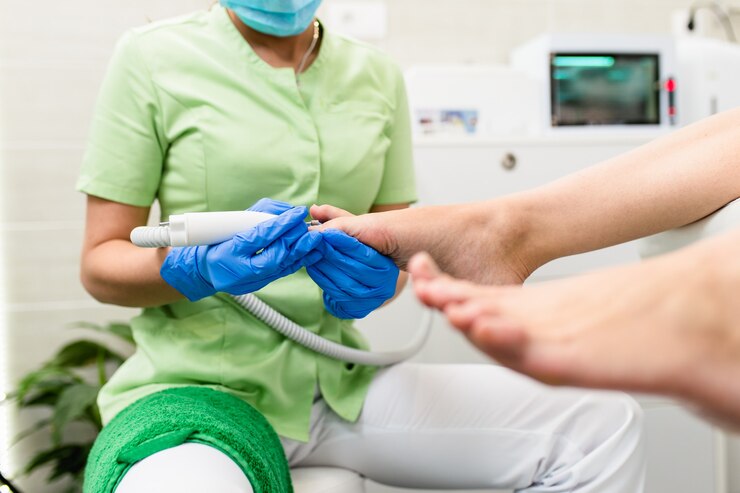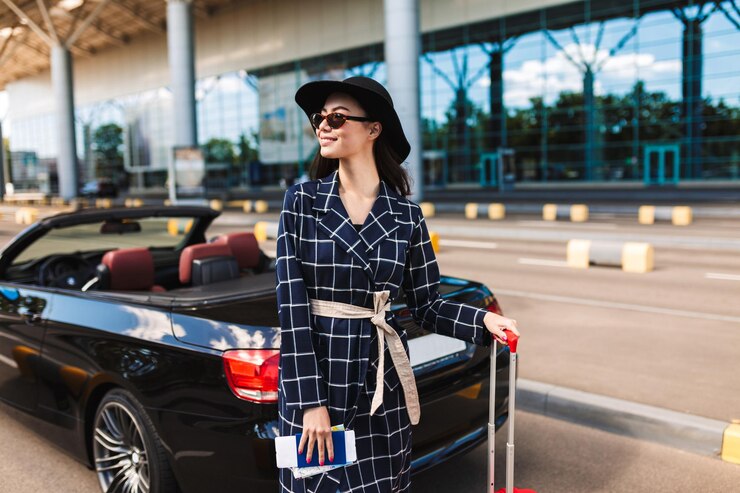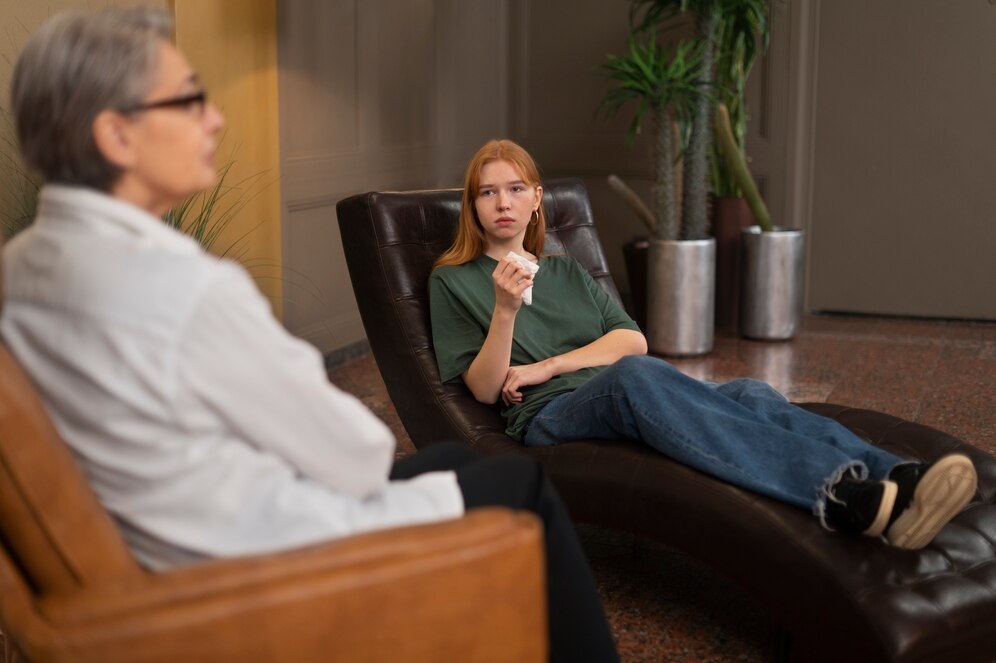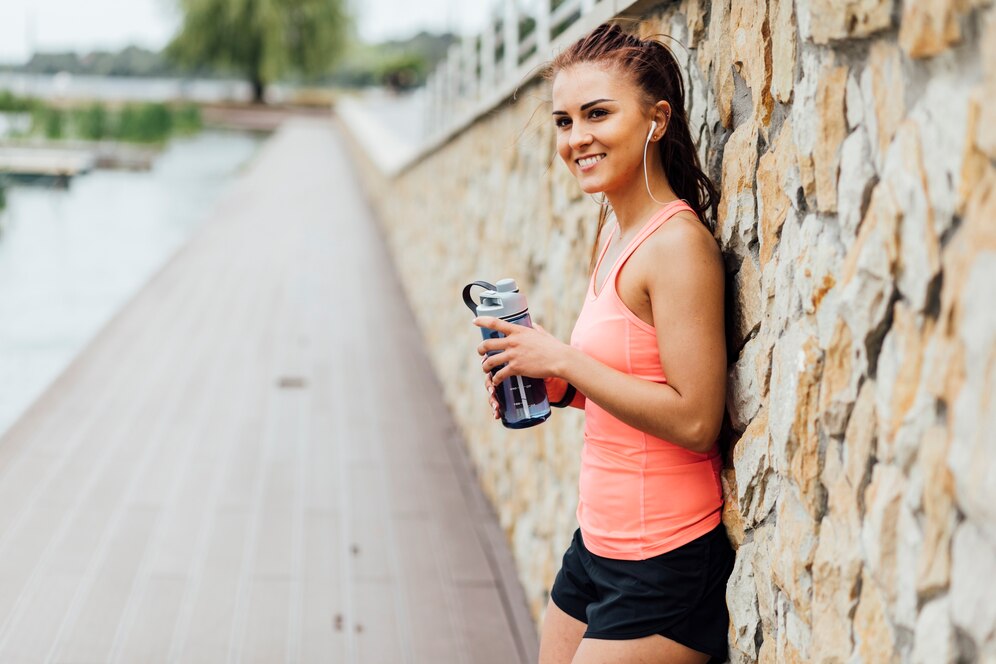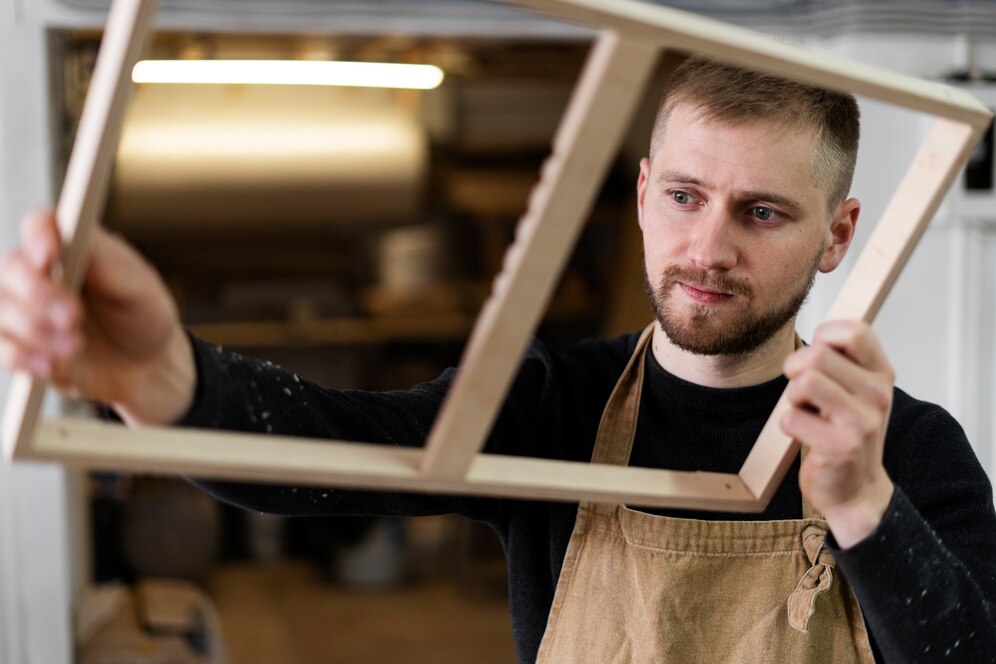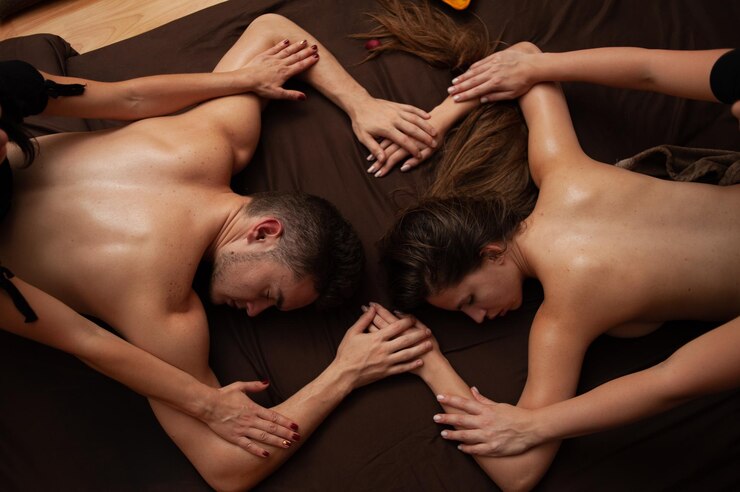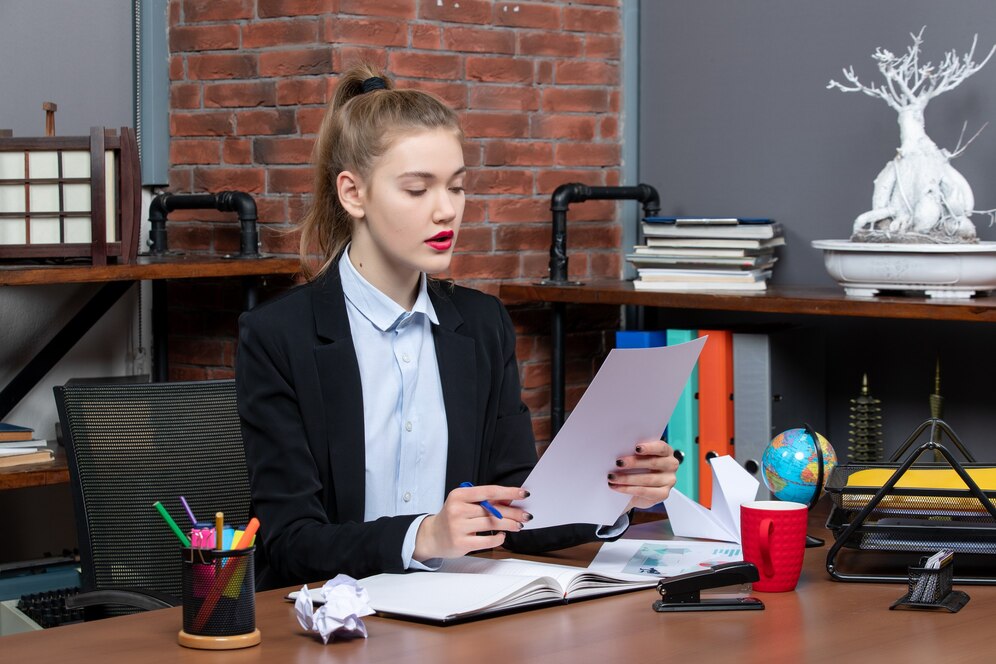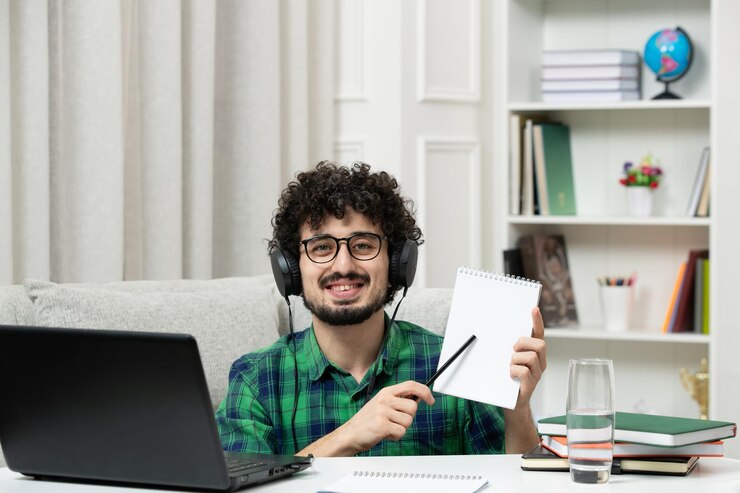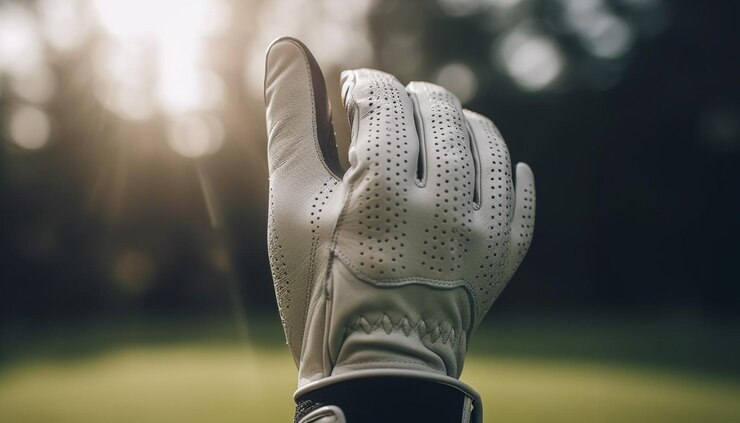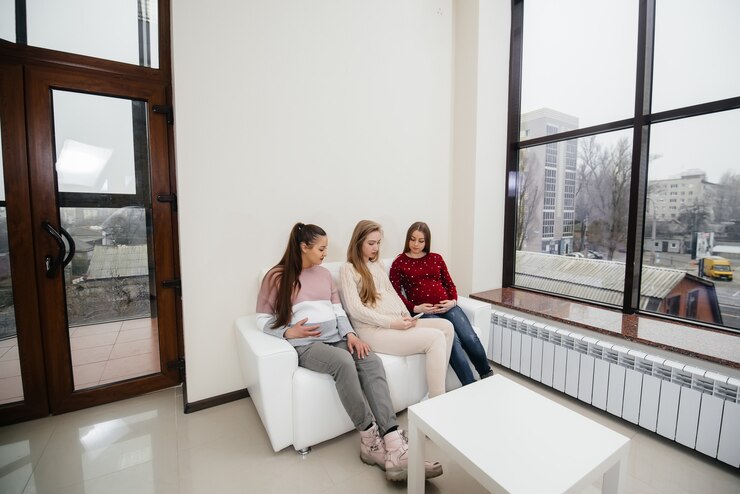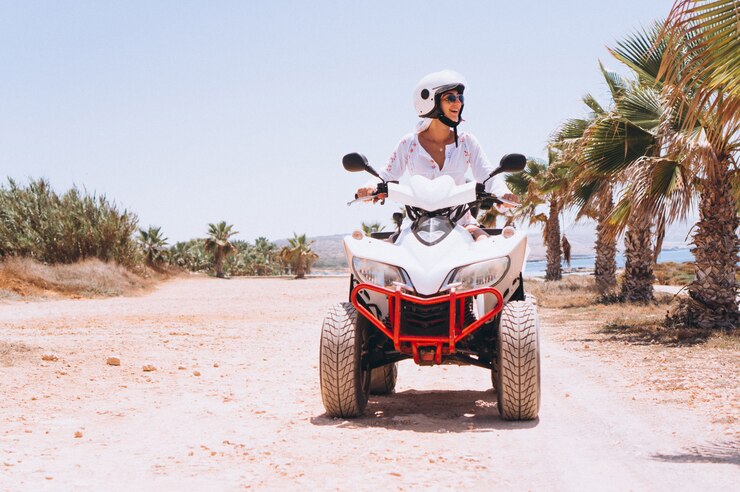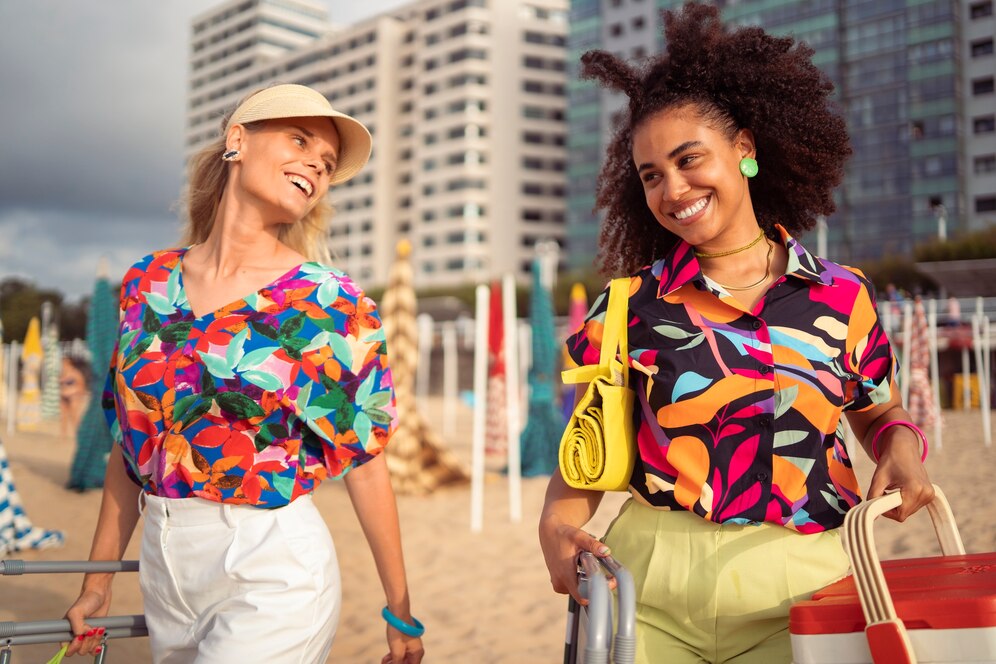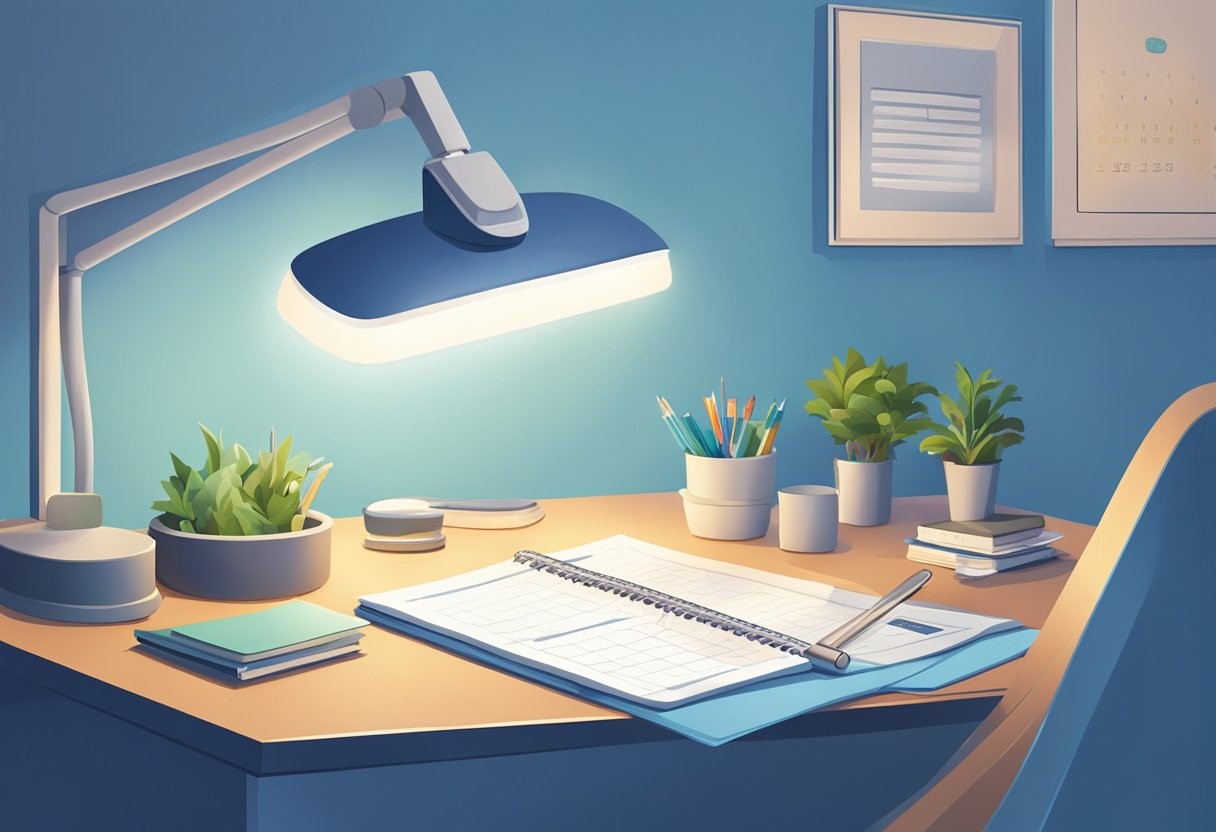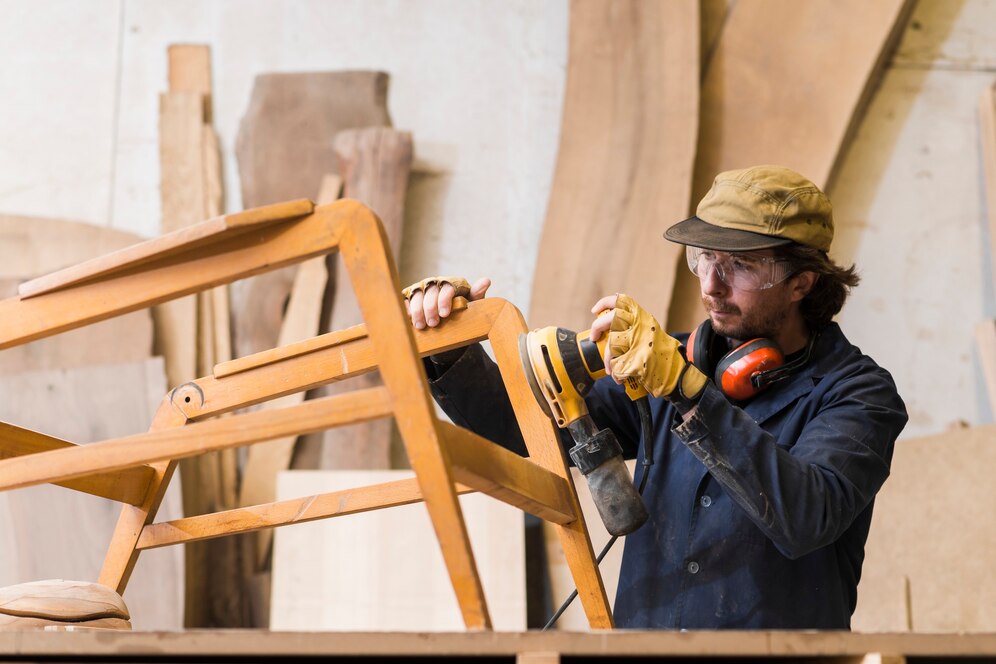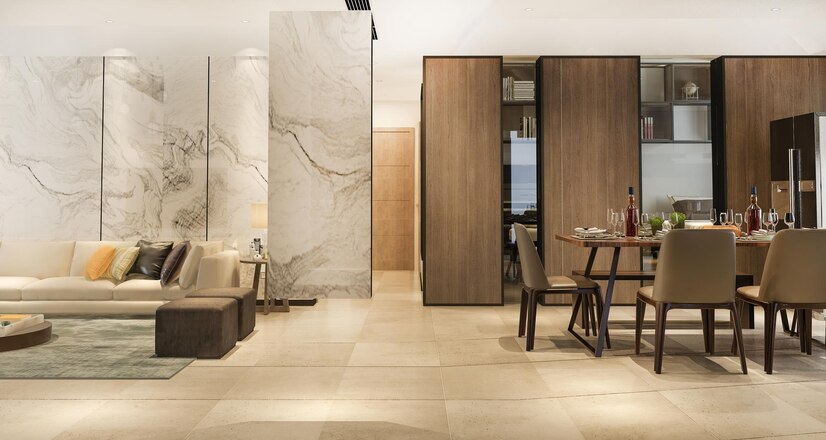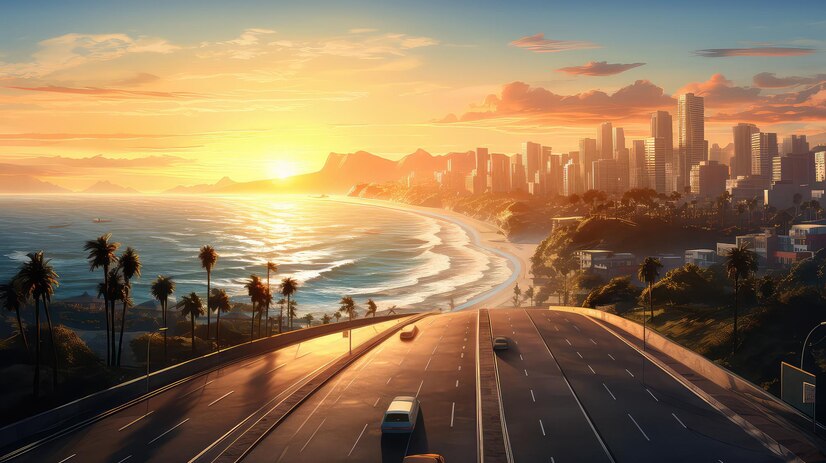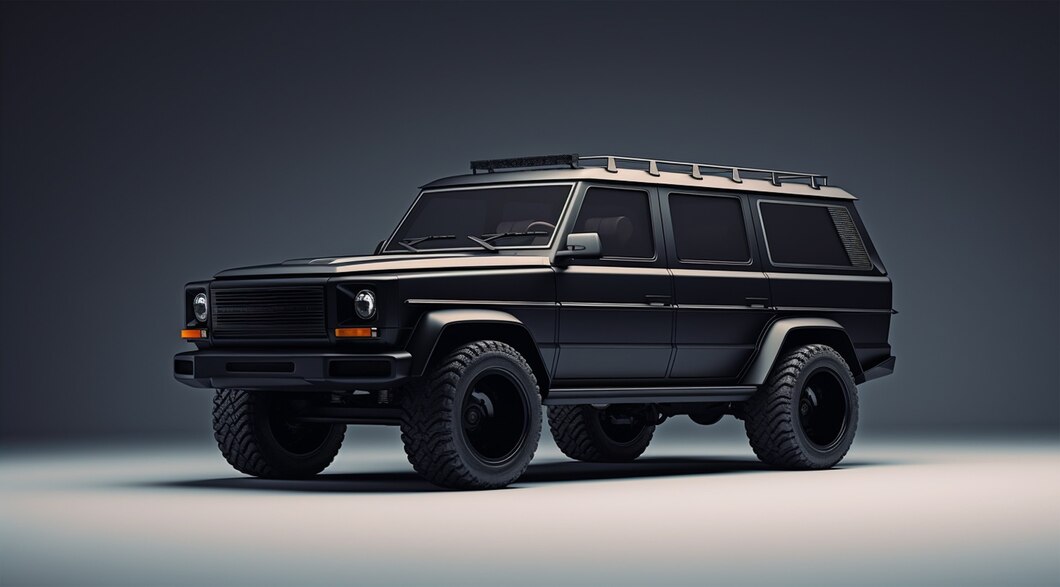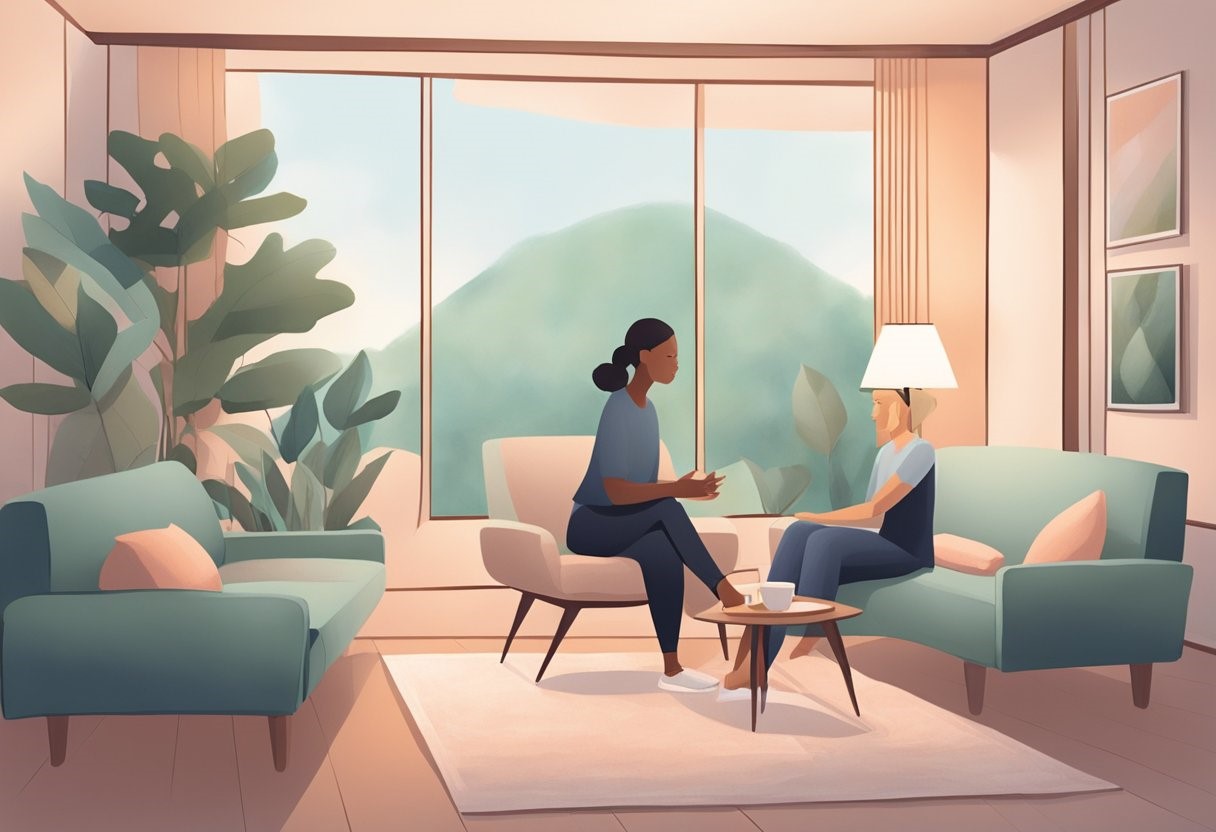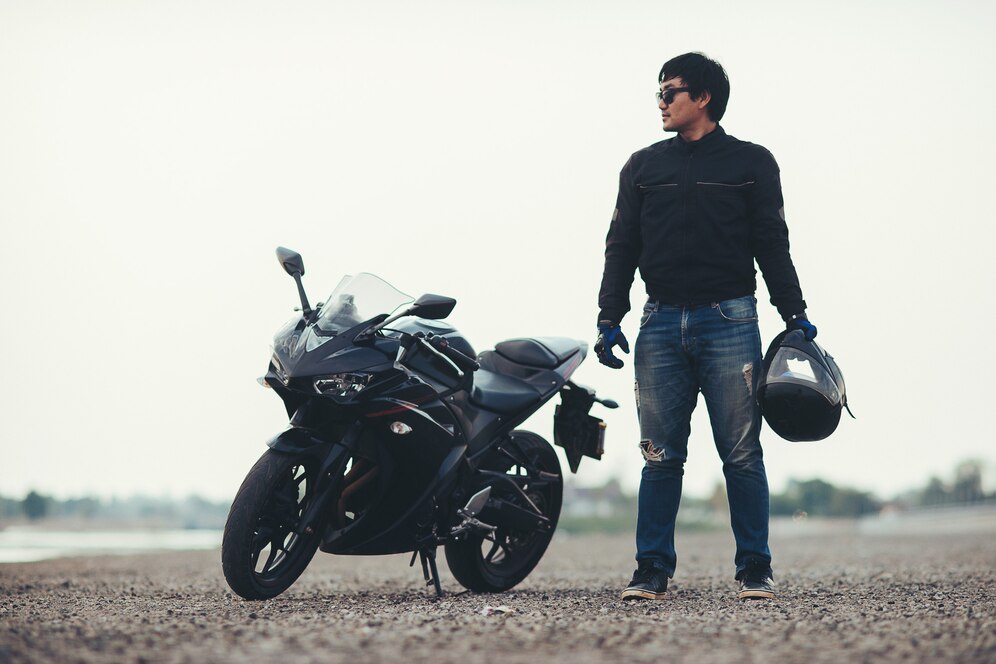Camera Settings and Lighting for Large Group Photography
Photographing large groups of people can be challenging, especially when it comes to portrait camera settings and lighting. Whether you’re taking a Large family portrait, a group shot at a wedding, or capturing a team photo for a company, it’s important to understand the technical aspects of photography to get the best results. In this article, we’ll explore camera settings and lighting techniques that will help you capture stunning large group photos.

Camera Settings
The first step in photographing large groups is to set your camera to the correct settings. While every camera is different, the following settings are a good starting point:
- Aperture: Set your aperture to a high f-stop number (e.g., f/8 or higher) to ensure that all members of the group are in focus. This is especially important when shooting large groups, as some people may be further away from the camera than others.
- Shutter speed: Use a fast shutter speed (e.g., 1/125 or higher) to freeze any movement and avoid blur. Large group photos often involve people moving or shifting their weight, so a fast shutter speed will help ensure that everyone appears sharp in the final image.
- ISO: Keep your ISO as low as possible to reduce digital noise and ensure that the image is as sharp as possible. In well-lit environments, an ISO of 100-200 should be sufficient.
- White balance: Adjust your white balance settings based on the lighting conditions. If you’re shooting indoors, you may need to adjust your white balance to a warmer setting to compensate for artificial lighting.
- Focus: Use autofocus to ensure that everyone in the group is in focus. You may also want to use a higher aperture setting to increase the depth of field and ensure that everyone is in focus.
- Lens choice: Use a wide-angle lens to fit everyone in the frame. A 24-70mm lens is a good choice for large group photos, as it allows you to capture a wider angle of view without distorting the image.
Lighting
Lighting is a critical aspect of photography, and it’s especially important when photographing large groups. The following lighting techniques will help you capture stunning large group photos:
- Use natural light: Natural light is the best source of light for large group photos. Look for a location with plenty of natural light, such as a park or garden. If shooting indoors, try to position your group near a window to take advantage of natural light.
- Use reflectors: If you’re shooting in direct sunlight, use a reflector to bounce light onto the group and reduce harsh shadows. A white or silver reflector works well for this purpose.
- Use diffusers: If the light is too harsh, use a diffuser to soften the light and reduce shadows. A diffuser can be made from a white sheet or umbrella.
- Use flash: If shooting indoors or in low light conditions, use a flash to provide additional light. A bounce flash can help to soften the light and reduce harsh shadows.
- Use multiple light sources: If you’re shooting in a studio or controlled environment, use multiple light sources to evenly illuminate the group. A three-point lighting setup (key light, fill light, and back light) is a good choice for large group photos.
Composition
In addition to camera settings and lighting, composition is also an important aspect of large group photography. The following tips will help you compose your shots:
- Positioning: When positioning the group, try to create a triangular or circular shape. This will create a more dynamic composition and help to ensure that everyone is visible in the shot.
- Pose: Consider the pose of the group. A seated pose can work well for a more formal group photo, while a standing pose can create a more relaxed and casual feel. You may also want to experiment with different poses, such as leaning or hugging, to add variety to the shot.
- Background: Pay attention to the background when composing your shot. Look for a background that is clean and uncluttered, and avoid distracting elements such as power lines or street signs.
- Depth of field: Consider using a shallow depth of field to blur the background and draw attention to the group. This technique works particularly well when shooting in a location with a busy or distracting background.
- Framing: Use framing to add interest to the shot. You can frame the group with trees, arches, or other architectural elements to create a more dynamic composition.
FAQs
- Should I use a tripod when taking large group photos?
Using a tripod can be helpful in ensuring that your camera remains steady and level, especially when photographing large groups. However, it’s not always necessary, especially if you’re shooting in a well-lit environment with a fast shutter speed. If you do use a tripod, make sure to adjust the height and angle of the camera to capture the entire group.
- Can I use a flash when shooting large group photos outdoors?
If you’re shooting in bright sunlight, a flash may not be necessary. However, if you’re shooting in shaded areas or during the golden hour, a flash can help to fill in shadows and provide additional light. A bounce flash is particularly useful in outdoor settings as it can soften the light and reduce harsh shadows.
- How do I deal with uneven lighting when shooting indoors?
When shooting indoors, it’s common to encounter uneven lighting due to a combination of natural and artificial light sources. To deal with this, try to position the group in a location with even lighting, such as near a window. You can also use reflectors or diffusers to balance out the light and reduce harsh shadows. If necessary, you can also adjust your camera settings to compensate for the lighting conditions.
- Should I use a wide-angle lens for large group photos?
A wide-angle lens is a good choice for large group photos as it allows you to capture a wider angle of view and fit more people into the frame. However, be careful not to overuse the wide-angle effect as it can distort the image and make people appear wider or shorter than they actually are. A 24-70mm lens is a good choice for large group photos as it provides a wide angle of view without distorting the image.
- How do I ensure that everyone in the group is in focus?
To ensure that everyone in the group is in focus, use a high aperture setting (e.g., f/8 or higher) to increase the depth of field. This will ensure that all members of the group are in focus, even if they’re at different distances from the camera. You can also use autofocus to ensure that the camera is focusing on the group as a whole, rather than just one or two individuals.
 English
English 